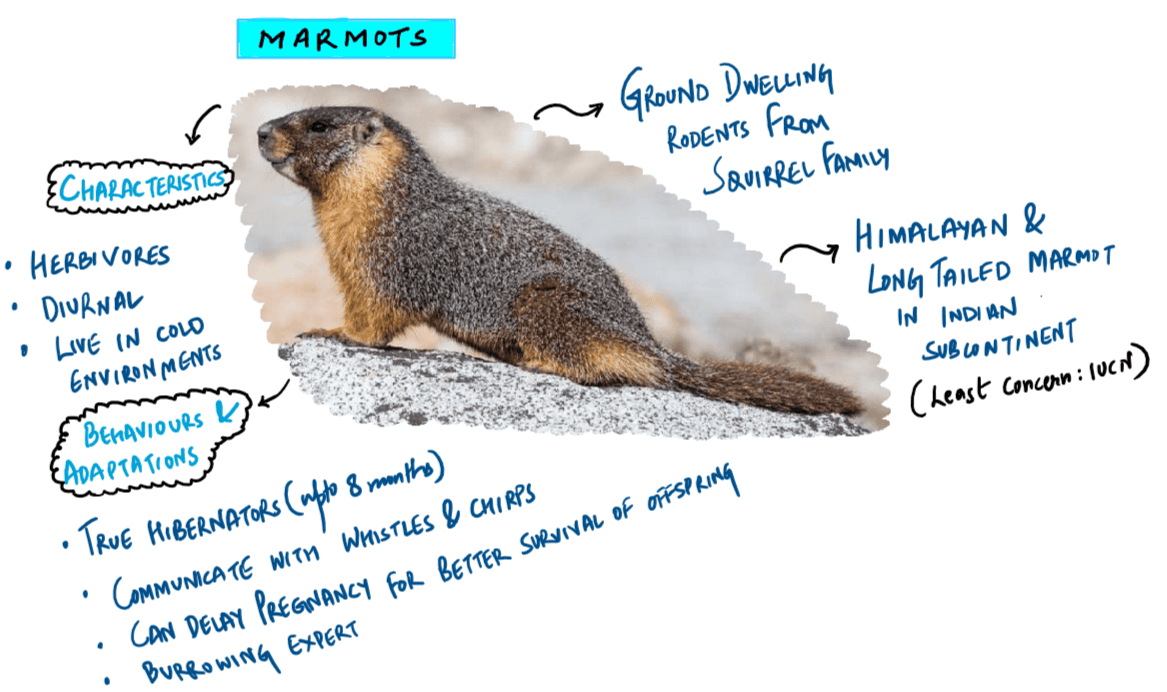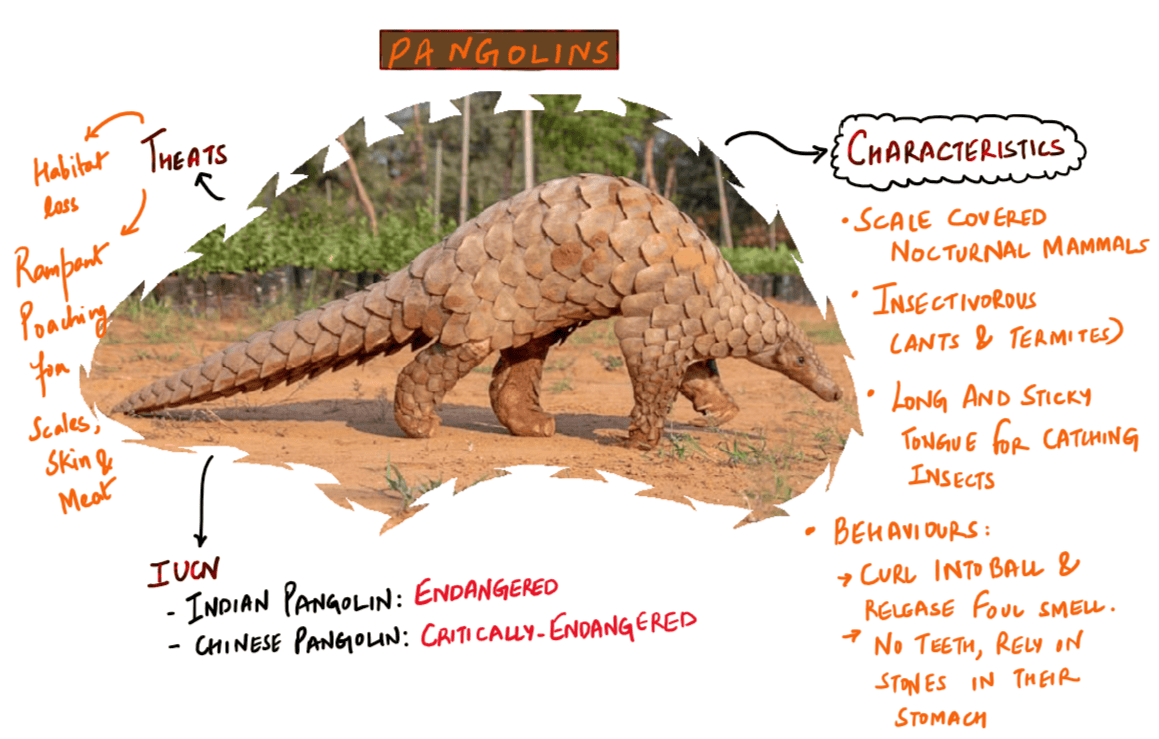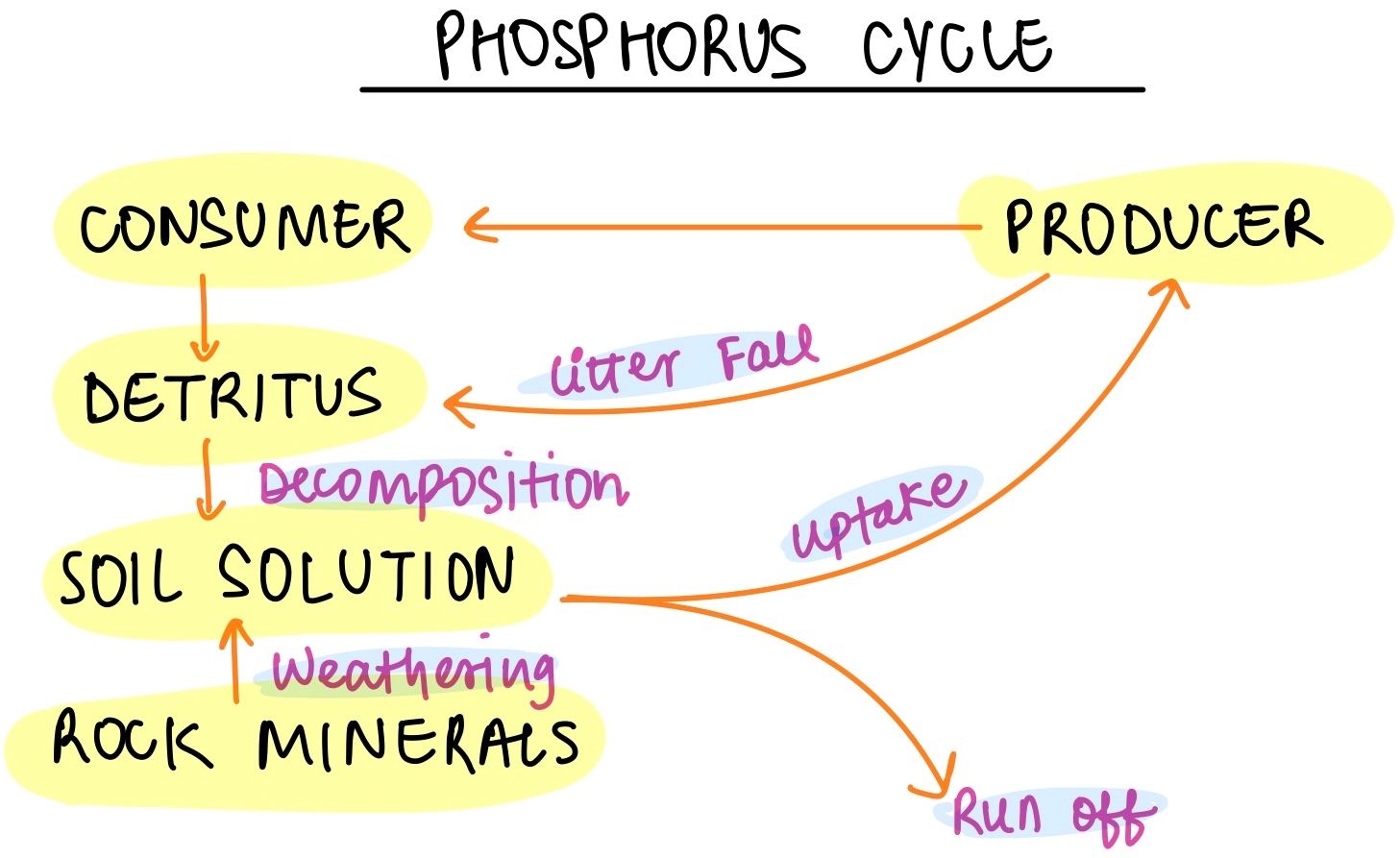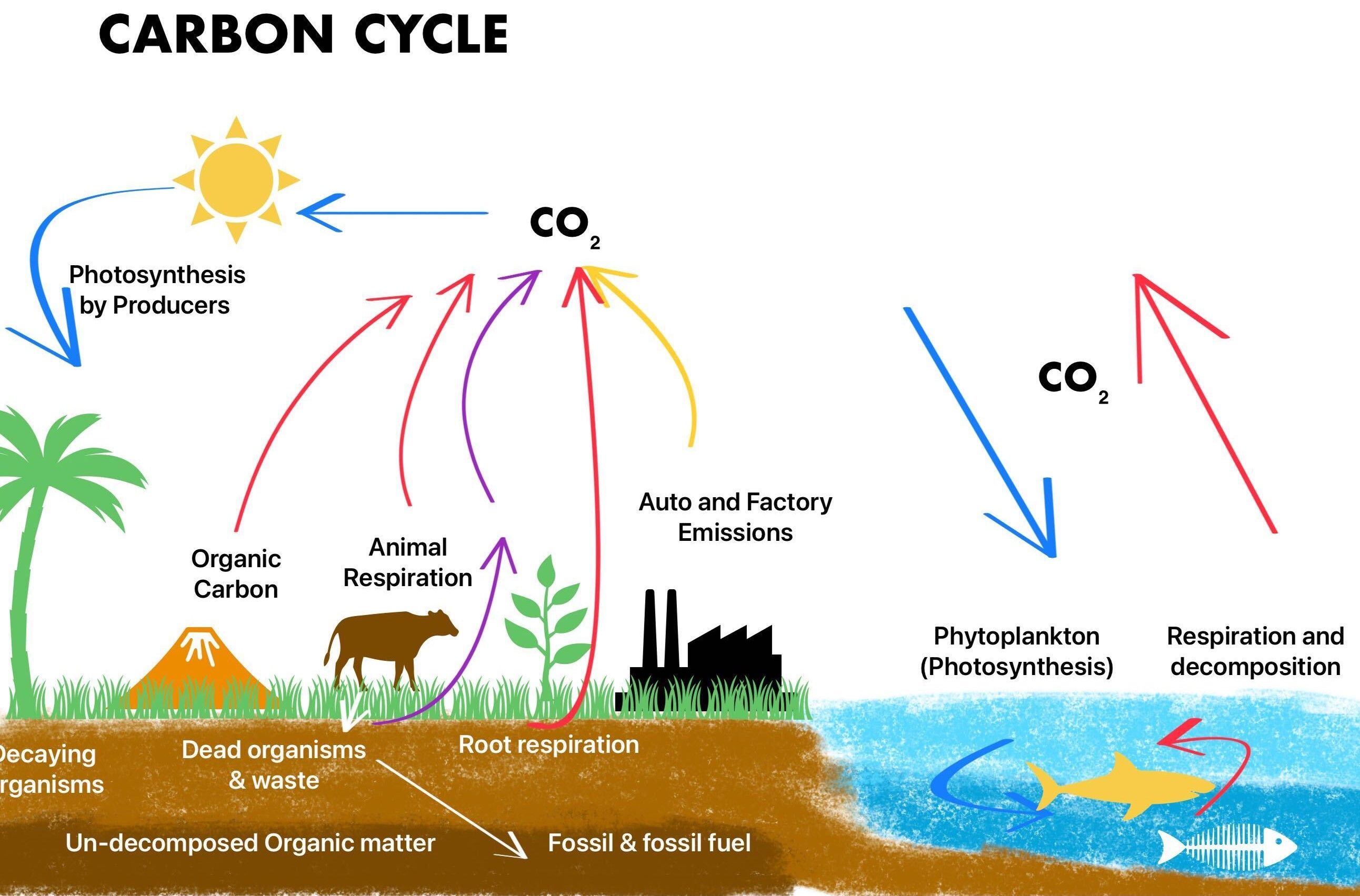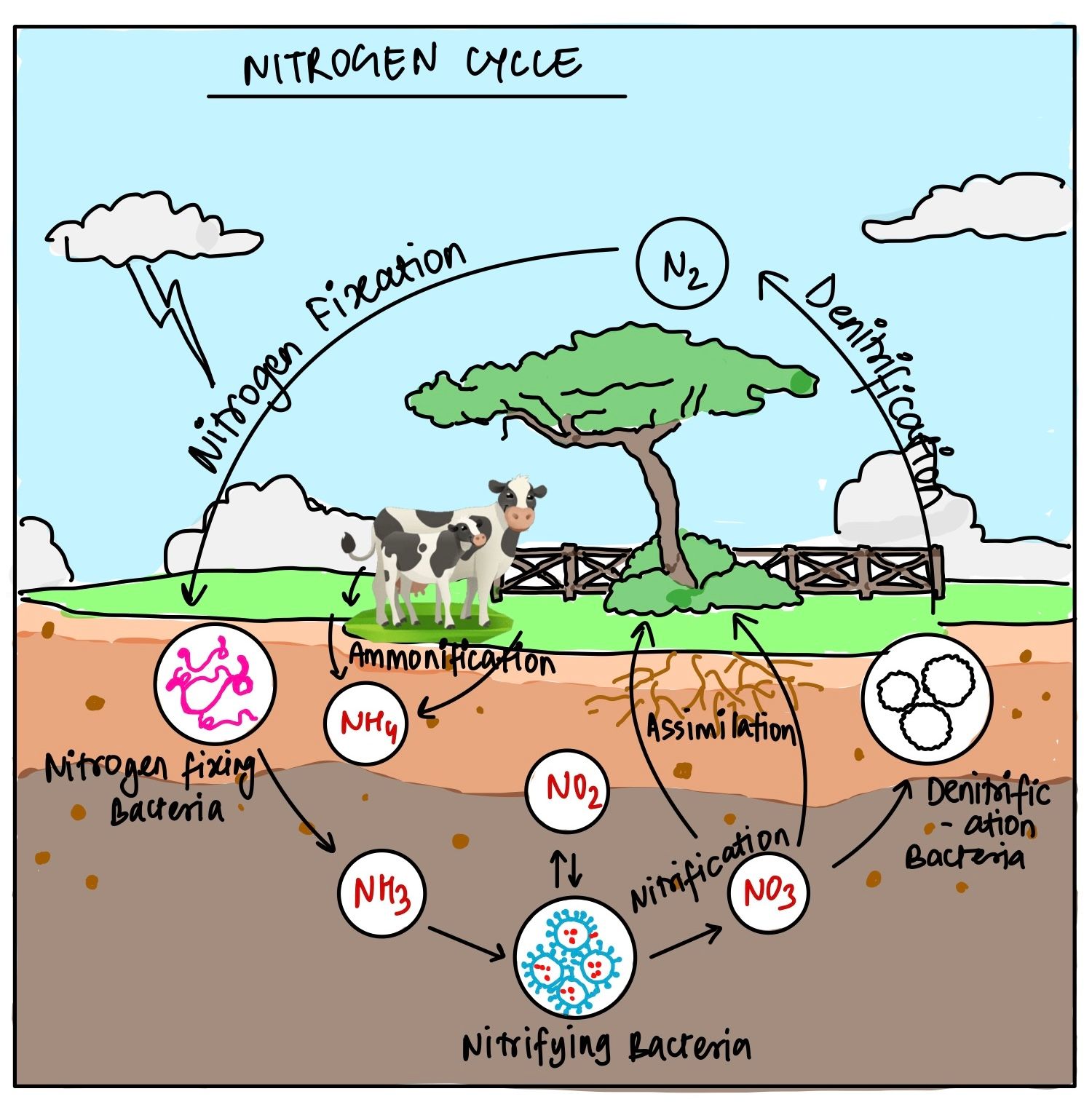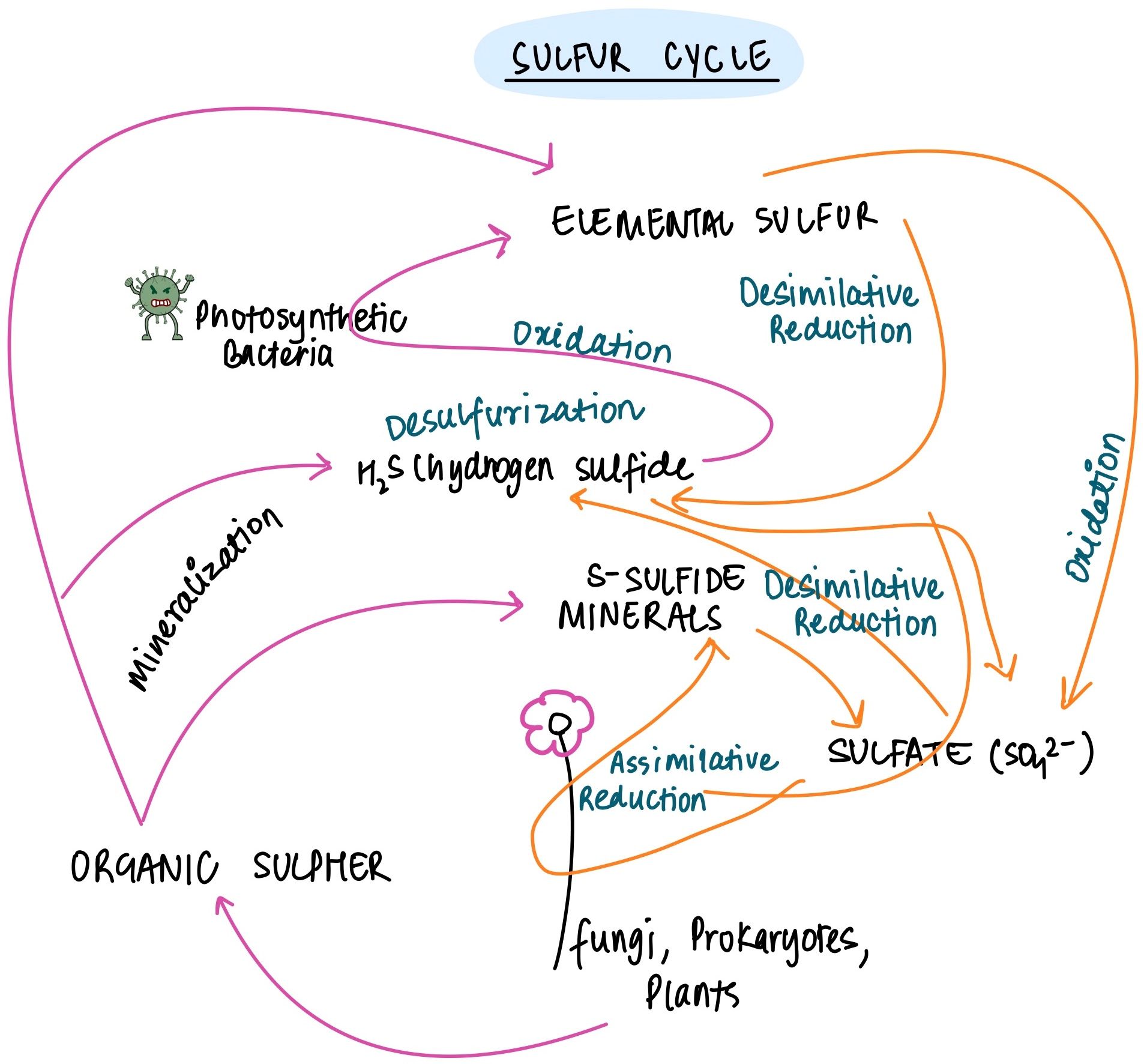UPSC Prelims 2021 Analysis
Subject-Wise MCQ Distribution
- Environment & Ecology (18 questions): Consistently a major component due to its relevance in both the Civil Services Examination (CSE) and the Indian Forest Service (IFoS) prelims. Several questions required maps for identifying key environmental regions.
- Indian Polity (18 questions): A high-weightage subject with several assertion-based and conceptual questions.
- Economy (14 questions): Covered major economic policies, fiscal measures, and budget-related aspects.
- Science & Technology (13 questions): Focused on innovations, emerging technologies, and applications in real-world scenarios.
- History (24 questions total):
- Ancient History: 3 questions
- Medieval History: 4 questions
- Modern History: 7 questions
- Art & Culture: 10 questions, including match the following-based formats.
- Geography (9 questions total):
- Indian Geography: 5 questions
- Physical Geography: 2 questions
- World Geography: 2 questions
- Social Issues & Schemes (2 questions): Covered important government initiatives and their societal impact.
- International Relations (2 questions): Focused on international organizations and global events, underlining the importance of reading newspapers and NCERT basics.

Difficulty Analysis
- Easy (35 questions): Required fundamental NCERT knowledge and factual recall.
- Medium (38 questions): Needed deeper analytical abilities and elimination techniques.
- Hard (27 questions): Demanded conceptual clarity, particularly in assertion-reasoning and interdisciplinary topics.

Variations in Question Framing
- Multi-Statement Based Questions: A large portion of the paper tested analytical abilities by requiring candidates to determine the correctness of multiple statements.
- Direct Questions: Some questions were fact-based, relying on static knowledge from textbooks and previous UPSC question papers.
- Application-Based Questions: Many questions in Economy and Science & Technology assessed real-world applications of concepts.
- Match the Following: Commonly seen in Art & Culture, Geography, and Environment sections.

Static vs Current Affairs Distribution
- Static Content: Dominated the paper with key subjects like History, Polity, Geography, and Economy forming the foundation.
- Current Affairs (22 questions): Focused on recent government policies, budget highlights, and global events influencing India.
Key Learnings for Future Preparation
- Master Static & Current Affairs: A blend of both is necessary, especially for high-weightage subjects like Polity, Economy, and Environment.
- Strengthen Analytical Abilities: Many questions required assertion-reasoning, elimination techniques, and multi-statement evaluation.
- Focus on Budget & Economic Policies: Economy and budget-related topics remain crucial for UPSC preparation.
- Practice Match the Following & Statement-Based MCQs: These were heavily featured in Geography, History, and Environment sections.
- Utilize Maps for Geography & Environment: Many UPSC last year question papers have included map-based questions, making this an essential skill.
Subject-Wise Answer Key
QUESTION 1
Medium
Environment & Ecology
Prelims 2021
Which one of the following is a filter feeder?
A. Catfish
B. Octopus
C. Oyster
D. Pelican
QUESTION 2
Hard
Environment & Ecology
Prelims 2021
The ‘Common Carbon Metric’, supported by UNEP, has been developed for
A. assessing the carbon footprint of building operations around the world.
B. enabling commercial farming entities around the world to enter carbon emission trading.
C. enabling governments to assess the overall carbon footprint caused by their countries.
D. assessing the overall carbon footprint caused by the use of fossil fuels by the world in a unit time.
QUESTION 3
Medium
Environment & Ecology
Prelims 2021
Consider the following animals:
- Hedgehog
- Marmot
- Pangolin
To reduce the chance of being captured by predators, which of the above organisms rolls up/roll up and protects/ protect its/their vulnerable parts?
A. 1 and 2
B. 2 only
C. 3 only
D. 1 and 3
QUESTION 4
Medium
Environment & Ecology
Prelims 2021
Bisphenol A (BPA) , a cause of concern, is a structural/key component in the manufacture of which of the following kinds of plastics?
A. Low density polyethylene
B. Polycarbonate
C. Polyethylene terephthalate
D. Polyvinyl chloride
QUESTION 5
Easy
Environment & Ecology
Prelims 2021
What is blue carbon?
A. Carbon captured by oceans and coastal ecosystems.
B. Carbon sequestered in forest biomass and agricultural soils.
C. Carbon contained in petroleum and natural gas.
D. Carbon present in atmosphere
QUESTION 6
Hard
Environment & Ecology
Prelims 2021
With reference to the ‘New York Declaration on Forests’. Which of the following statements are correct?
- It was first endorsed at the United Nations Climate Summit in 2014.
- It endorses a global timeline to end the loss of forests.
- It is a legally binding international declaration.
- It is endorsed by governments, big companies and indigenous communities.
- India was one of the signatories at its inception.
Select the Correct answer using the code given below.
A. 1, 2, and 4
B. 1, 3, and 5
C. 3 and 4
D. 2 and 5
QUESTION 7
Medium
Environment & Ecology
Prelims 2021
Which of the following are detritivores?
- Earthworms
- Jellyfish
- Millipedes
- Seahorses
- Woodlice
Select the correct answer using the code given below.
A. 1, 2 and 4 Only
B. 2, 3, 4 and 5 Only
C. 1, 3 and 5 Only
D. 1, 2, 3, 4 and 5
QUESTION 8
Easy
Environment & Ecology
Prelims 2021
Among the following, which one is the least water-efficient crop?
A. Sugarcane
B. Sunflower
C. Pearl Millet
D. Red gram
QUESTION 9
Medium
Environment & Ecology
Prelims 2021
Triclosan considered harmful when exposed to high levels for a long time, is most likely present in which of the following?
A. Food preservatives
B. Fruit-ripening substances
C. Reused plastic containers
D. Toiletries
QUESTION 10
Hard
Environment & Ecology
Prelims 2021
In the context of India’s preparation for Climate-smart Agriculture, consider the following statements:
- The ‘Climate-Smart Village’ approach in India is a part of a project led by the Climate Change, Agriculture and Food Security (CCAFS), an international research programme.
- The project of CCAFS is carried out under Consultative Group on International Agricultural Research (CGIAR) headquartered in France.
- The International Crops Research Institute for the Semi-Arid Tropics (ICRISAT) in India is one of the CGIAR’s research centres.
Which of the statements given above are correct?
A. 1 and 2 Only
B. 2 and 3 Only
C. 1 and 3 Only
D. 1, 2 and 3
QUESTION 11
Medium
Environment & Ecology
Prelims 2021
With reference to furnace oil, consider the following statements:
- It is a product of oil refineries.
- Some industries use it to generate power.
- Its use causes sulphur emissions into Environment.
Which of the statements given above are correct?
A. 1 and 2 Only
B. 2 and 3 Only
C. 1 and 3 Only
D. 1, 2 and 3
QUESTION 12
Medium
Environment & Ecology
Prelims 2021
How is permaculture farming different from conventional chemical farming?
- Permaculture Farming discourages monocultural practices but in conventional chemical farming, monoculture practices are pre-dominant.
- Conventional chemical farming can cause increase in soil salinity but the occurrence of such phenomenon is not observed in permaculture farming.
- Conventional chemical farming is easily possible in semi-arid regions but permaculture farming is not so easily possible in such regions.
- Practice of mulching is very important in permaculture farming but not necessarily so in conventional chemical farming.
Select the correct answer using the codes given below.
A. 1 and 3
B. 1, 2 and 4
C. 4 Only
D. 2 and 3
QUESTION 13
Medium
Environment & Ecology
Prelims 2021
‘R2 Code of Practices constitutes a tool available for promoting the adoption of
A. environmentally responsible practices in electronics recycling industry.
B. ecological management of ‘wetlands of International Importance’ under the Ramsar Convention.
C. sustainable practices in the cultivation of agricultural crops in degraded lands.
D. ‘Environmental Impact Assessment’ in the exploitation of natural resources
QUESTION 14
Hard
Environment & Ecology
Prelims 2021
Magnetite particles, suspected to cause neurodegenerative problems, are generated as environmental pollutants from which of the following?
- Brakes of motor vehicles
- Engines of motor vehicles
- Microwave stoves within homes
- Power plants
- Telephone lines
Select the correct answer using the code given below
A. 1, 2, 3 and 5 Only
B. 1, 2 and 4 Only
C. 3, 4 and 5 Only
D. 1, 2, 3, 4 and 5
QUESTION 15
Easy
Environment & Ecology
Prelims 2021
In case of which one of the following biogeochemical cycles, the weathering of rocks is the main source of release of nutrient to enter the cycle?
A. Carbon cycle
B. Nitrogen cycle
C. Phosphorus Cycle
D. Sulphur Cycle
QUESTION 16
Hard
Environment & Ecology
Prelims 2021
Why is there a concern about copper smelting plants?
- They may release lethal quantities of carbon monoxide into environment.
- The copper slag can cause the leaching of some heavy metals into environment.
- They may release sulphur dioxide as a pollutant.
Select the correct answer using the codes given below.
A. 1 and 2 Only
B. 2 and 3 Only
C. 1 and 3 Only
D. 1, 2 and 3
QUESTION 17
Medium
Environment & Ecology
Prelims 2021
Consider the following kinds of organisms:
- Copepods
- Cyanobacteria
- Diatoms
- Foraminifera
Which of the above are primary producers in the food chains of oceans?
A. 1 and 2
B. 2 and 3
C. 3 and 4
D. 1 and 4

